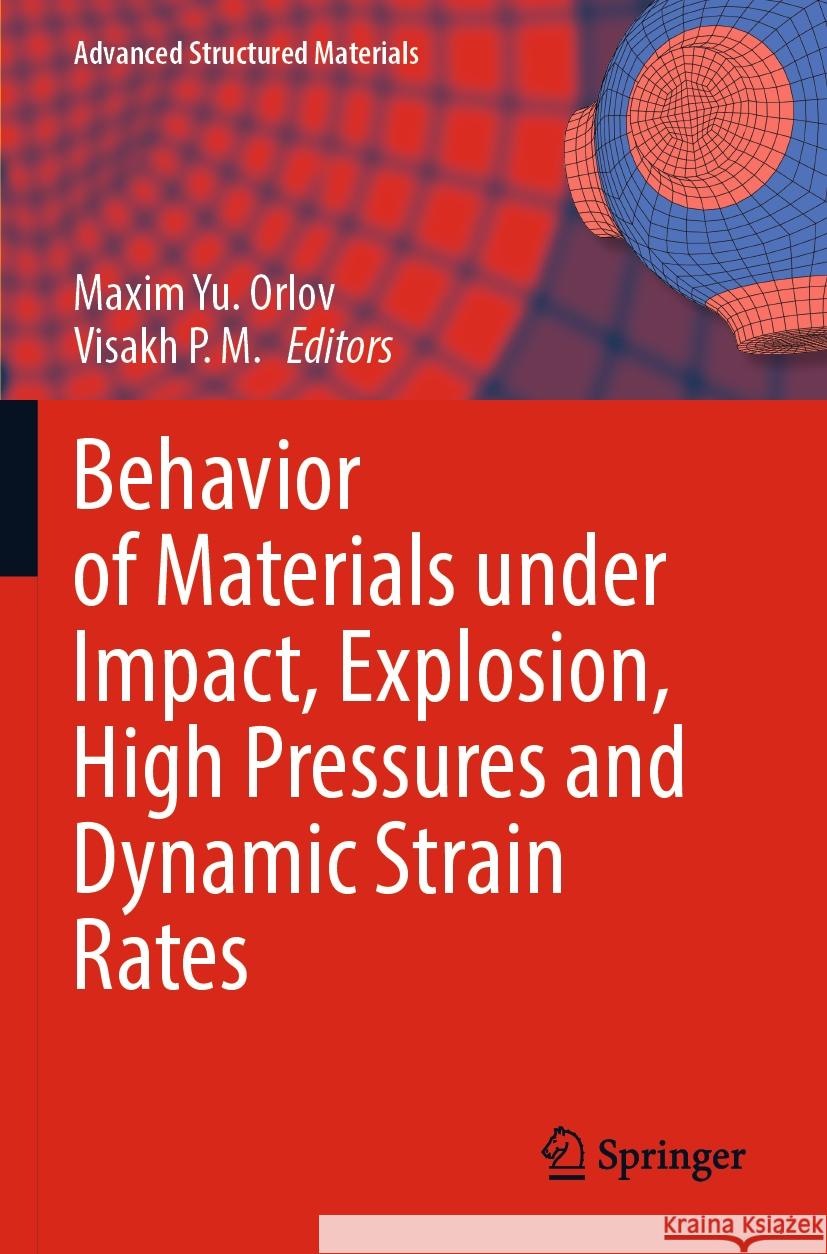Behavior of Materials under Impact, Explosion, High Pressures and Dynamic Strain Rates » książka
topmenu
Behavior of Materials under Impact, Explosion, High Pressures and Dynamic Strain Rates
ISBN-13: 9783031170751 / Angielski / Miękka / 2023
Behavior of Materials under Impact, Explosion, High Pressures and Dynamic Strain Rates
ISBN-13: 9783031170751 / Angielski / Miękka / 2023
cena 605,23
(netto: 576,41 VAT: 5%)
Najniższa cena z 30 dni: 539,74
(netto: 576,41 VAT: 5%)
Najniższa cena z 30 dni: 539,74
Termin realizacji zamówienia:
ok. 22 dni roboczych
Dostawa w 2026 r.
ok. 22 dni roboczych
Dostawa w 2026 r.
Darmowa dostawa!
This book presents the results of experimental and theoretical studies of the destruction of solids under impact, explosion, high pressures, and strain rates. The content identifies the basic laws of the destruction of bodies under dynamic loads. The results of numerical studies were obtained using numerical methods on the Lagrangian, Euler, and ALE approaches to the description of the motion of continuous media. Numerical methods and mathematical models have been tested by comparison with experimental data and well-known analytical solutions (for instance, Rankin–Hugoniot laws). Experimental studies were performed on unique ballistic installations with the registration of fast processes (high-speed shooting). The results are used as new tests to verify the developing modeling methods. The research objects were metal multilayer plates, functionally graded materials, advanced, smart, and natural materials, etc. The book is interesting to specialists in the field of mathematical modeling and experimental methods for studying fast processes under dynamic loading.











